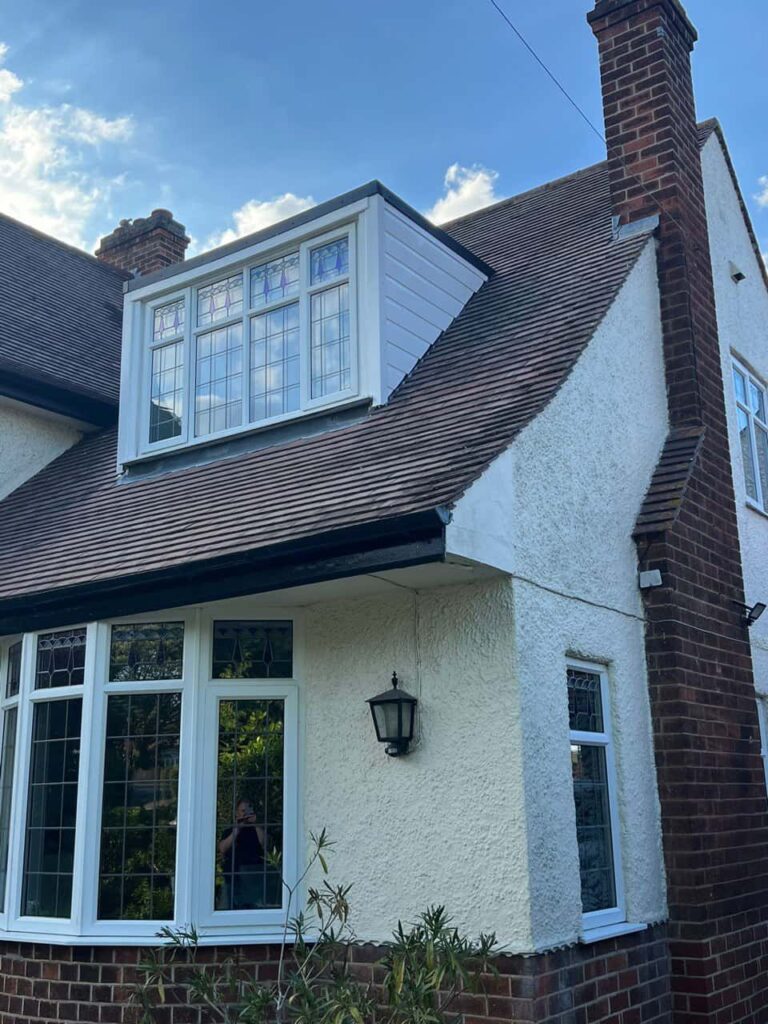Introduction: When it comes to flat roofing, choosing a material that combines durability, cost-effectiveness, and maintenance ease is crucial. The longevity of a flat roof depends significantly on the material used, the quality of installation and ongoing maintenance. This blog post will delve into the durability of various flat roofing materials, helping homeowners and business owners make informed decisions with insights from Glenfield Roofing Repairs.
Key Flat Roofing Materials and Their Durability
- EPDM (Ethylene Propylene Diene Monomer)
- Overview: Commonly known as rubber roofing, EPDM is a synthetic rubber material widely praised for its durability, resistance to weathering, and ease of maintenance.
- Durability: With a lifespan of up to 30 years, EPDM can withstand extreme temperatures, UV radiation, and acidic precipitations. It’s also resistant to tears and punctures, contributing to its longevity.
- TPO (Thermoplastic Polyolefin)
- Overview: TPO is a single-ply roofing membrane known for its heat-reflective properties and energy efficiency.
- Durability: TPO roofs typically last between 20 to 30 years. They are highly resistant to ozone, ultraviolet, and chemical exposure. Additionally, TPO’s heat-welded seams create a stronger bond than the material itself, enhancing its leak resistance.
- PVC (Polyvinyl Chloride)
- Overview: PVC roofing is another thermoplastic material similar to TPO but has been on the market for longer.
- Durability: PVC roofs have a lifespan of 20 to 30 years. They are resistant to fire and chemicals and are also immune to problems caused by grease, making them suitable for restaurants and other businesses.
- Modified Bitumen
- Overview: Modified bitumen roofing is an evolution of the old built-up roofing (BUR) method, combining traditional and modern roofing technologies.
- Durability: A properly installed modified bitumen roof can last more than 20 years. It offers excellent waterproofing characteristics and is resistant to tears, punctures, and foot traffic.
- Built-Up Roofing (BUR)
- Overview: BUR, known as tar and gravel roofing, consists of multiple layers of bitumen and reinforcing fabrics that create a finished membrane.
- Durability: BUR is known for its incredible durability and has been used for over 100 years. Proper maintenance allows BUR systems to last 20 to 30 years, providing excellent waterproofing and UV-reight resistance.
Factors Influencing the Durability of Flat Roofing Materials
- Installation Quality: Any roofing material’s longevity greatly depends on its installation’s quality. Poorly installed roofs are more likely to suffer from leaks and other failures.
- Climate: Environmental conditions play a significant role in determining the appropriate roofing material. For example, areas with high UV exposure might benefit from highly reflective materials like TPO. At the same time, regions with heavy rainfall might be better suited for systems with excellent waterproofing capabilities, like PVC or BUR.
- Maintenance: Regular maintenance can significantly extend the life of a flat roof. This includes periodic inspections, cleaning, and timely repairs of minor issues before they become major problems.
Conclusion: Choosing the right material for a flat roof is a balance between cost, durability, and maintenance needs. By understanding the strengths and weaknesses of each roofing material, property owners can select the best option for their specific circumstances. Whether you are installing a new roof or planning to replace an old one, considering the durability of different materials is crucial in making a decision that offers long-term benefits.
Call us on: 0116 502 2198
Click here to find out more about Glenfield Roofing Repairs
Click here to complete our contact form and see how we can help with your roofing needs.

